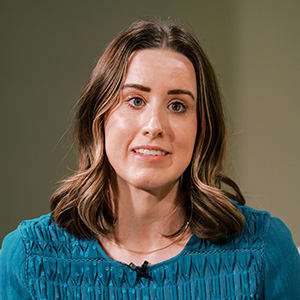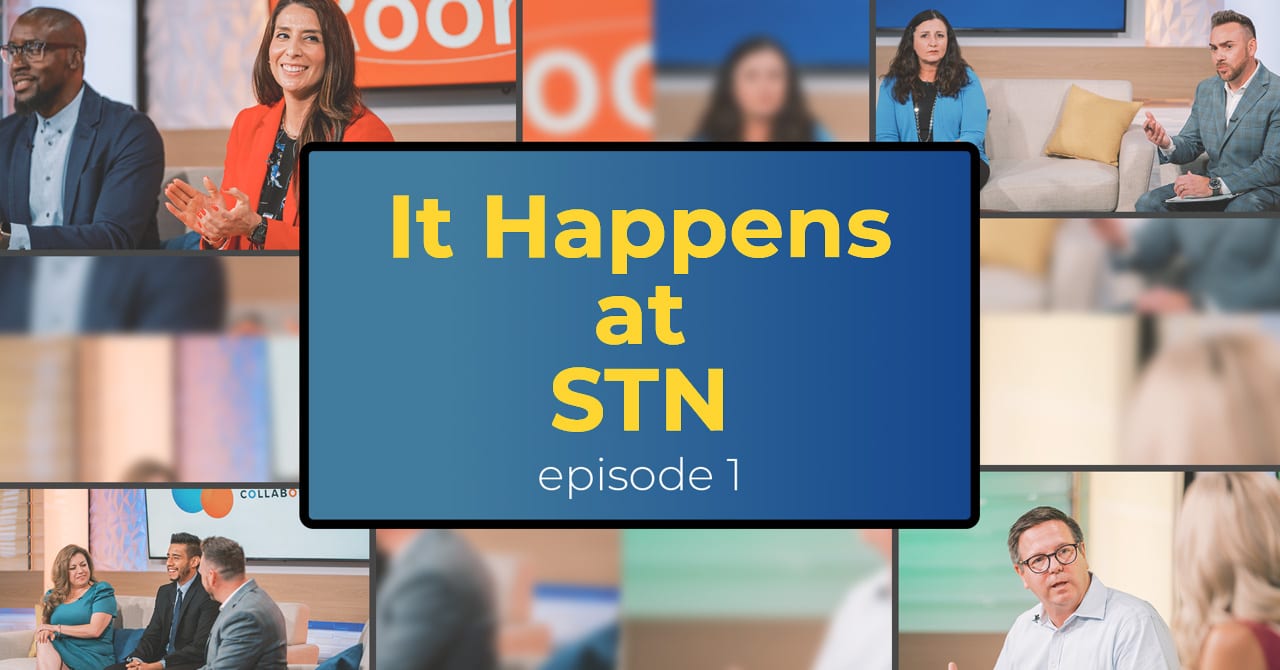The more you look at the numbers, the more evidence you find that shows Arizona wastes a lot of food while thousands of people in our community struggle to find enough to eat.
In the season premiere of Project Greenprint (during the first episode of It Happens at STN), leaders from two valley organizations dedicated to correcting those systemic issues joined host Kristen Keogh in an action panel to explain how Arizona’s tourism industry is contributing to the problem, what can be gained from partnerships and ways to keep food out of the landfill and get it to those who need it.
Action Panelists
Hillary Bryant
Executive Director – Waste Not
Dave Richins
President & CEO – United Food Bank
With an estimated $9.5 billion in thrown-away food, Arizona leads the United States in the amount of food wasted each year.
Source: Lawnstarter (2022)
That creates a lot of excess."

Taking the first steps
First off it is about being intentional and identifying exactly where food waste is coming from. Twenty eight percent of food waste comes from consumer-facing businesses, and 50% of that is from full and limited service restaurants and catering. Restaurants, really food businesses in general, need to do a better job at really mitigating their food waste. Not by just donating to organizations like us, but by implementing other tactics such as reduced portion sizes, reduced plate sizes and figuring out how to compost leftover food off of plates.
Tourism impact
One of the big problems is that Arizona is huge in the tourism and event space. While this is a really amazing thing in some respects, it’s really not in others. It puts a lot of pressure on food businesses to overproduce. That creates a lot of excess.
To fix this, we really need to be aware of our environmental impact and let businesses know that there are a lot of benefits to this. There are financial incentives. Tax breaks that food businesses are able to get.
And then as consumers, we should hold these businesses accountable for their environmental footprint and make sure that we are being intentional about who we go to.
There’s an app for that
We love United Food Bank, and we love partnering with them. There are a lot of benefits to it.
We’re able to share staff. We’re able to share resources a lot.
Then one huge benefit of our partnership with United Food Bank is the Meal Connect app. This is an app that Feeding America created and through United Food Bank’s partnership. This app is really cool. Food businesses are able to post their food donations and get paired with a recipient agency and a volunteer driver that takes care of transport. This has really transformed the way Waste Not has done things.
We actually used to deploy our trucks to get these very small volumes of food from restaurants and caterers and other food businesses. Now, we’ve been able to offload our trucks and we’ve been able to not send trucks where they’re not needed.
High-profile partnerships value
We work with a lot of businesses that have their own zero waste initiatives. We’re working with NFL Green to get all the excess food from the Super Bowl. This February, we’ll work with Waste Management to get all the food from the Phoenix Open. We’ve been doing that for about 11 years now. And we work with Fry’s who has its own zero waste initiative.
Working with these partners has been wonderful. It’s great to work with partners who have buy in into sustainability. We work with a lot of different partners in the community that have these events. We really need to make sure we have buy in at every single level to reduce food waste.

Evolving to reduce waste
We used to throw a lot of stuff away, Then we started our partnership with Waste Not and we really got thinking, “Hey, you know, we need to think about wasting less.”
Even as a food bank, we get a lot of product that is close to the end of its useful life. So we need to move it very quickly. Sometimes we’re just not fast enough. So we had to really think, what are we gonna do with these waste streams?
Through our partnership with Waste Not we found farmers that could compost. We found animal feed where the excess food that we couldn’t distribute fast enough could go to. We used to throw away six, four-yard dumpsters every single week, but we reduced our waste costs that much. You could buy a lot of food with that kind of money.
Partners during a pandemic
When COVID hit, we had a lot of donors that had a lot of food in their fridges. They were just emptying their fridges out at schools. American Airlines called, “Hey, we got a couple truckloads of food for you.”
Waste Not didn’t have as larger trucks. We actually have semi trucks, so we were able to dispatch those semi trucks, pick up all that food and get it out to people who needed it. At the beginning of the pandemic, there was a lot of panic, and we had such great supply during that period, we were able to put out a lot of fresh fruits and vegetables. It was a great relationship because they had the relationship with those donors and we had the trucking to be able to come together and move it all in time.
Seasonal steps toward solutions
If you’re having a holiday party, if you’re planning a big event, think about your waste stream. When you plan those events, think about how your waste is gonna look in that event and where that food could go. And there are a lot of organizations maybe pick an organization before the event where the caterer can drop that food off right after the event. So again, it’s being intentional.



